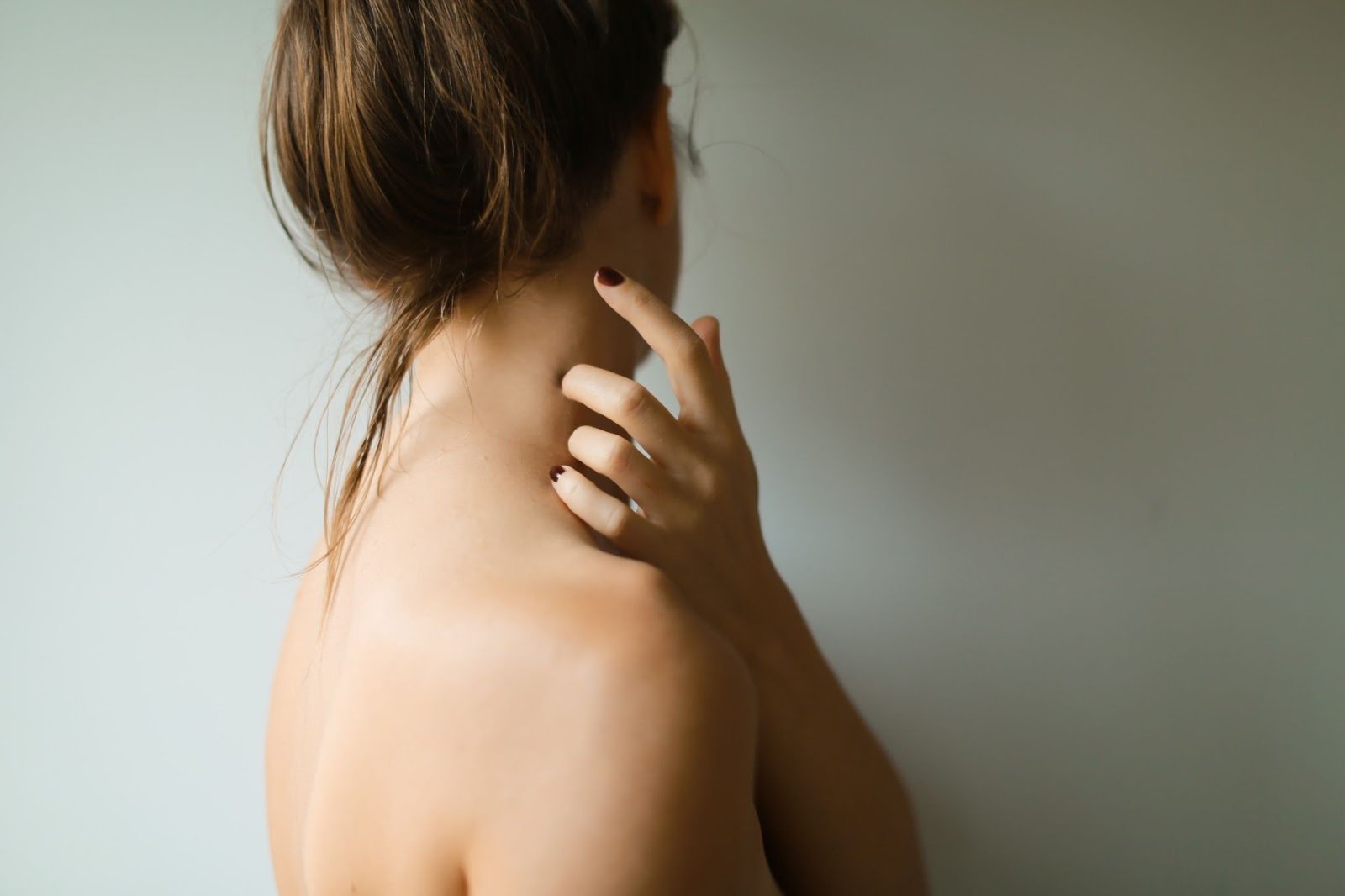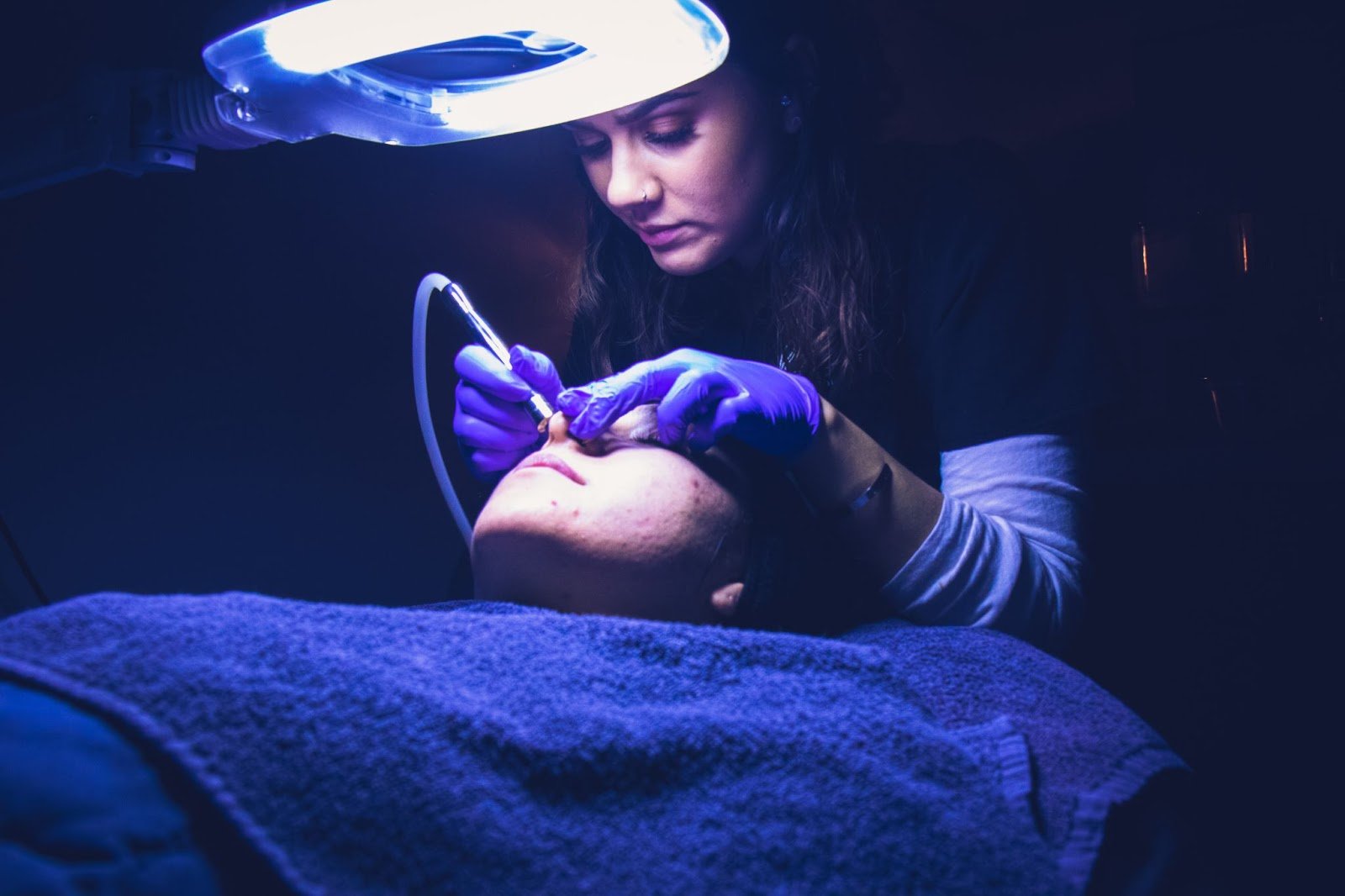Hair growth is a much more complicated thing than you might think. We’ve all been there, wondering how long it will take your precious hair to grow back after it has just gotten the chop at the salon. Or when you remove a hair tie at the end of the day and a chunk of hair comes out with it.
The hair growth cycle is a process that includes four main phases: the anagen, catagen, telogen, and exogen phases. Whether you are curious about hair removal, looking to grow luscious locks for the summer, or just want to know more about how and why hair grows, keep reading!
Let’s Talk About Hair
Most of us have a love-hate relationship with the hair on our bodies. Popular culture has much to say about the way hair should be removed, tweezed, grown, and styled. However, very few of us really know what is going on at the cellular level in each strand of the hair on our bodies.
Hair plays a vital role in our appearance and it serves as a mode of self-expression and personal style.
Hair is also a biological necessity and was once used for warmth for thousands of years. Now, hair serves to transmit sensory information to the body and protect it from outside elements. You can thank your eyelashes for dust protection and the hair on your head for being able to go without a hat when it gets cold.
When Does Hair Start Growing?
In as early as week 22 of a developing fetus's life, all of its hair follicles that it will have for the rest of its life have fully formed. Although some of you could probably guess this based on the number of stray hairs that you can find around your house and car, we humans have around five million hair follicles on our bodies. Seriously, that’s a lot of hair!
One hundred thousand of these can be found on our scalp, and one million on our heads. This is why it is normal to lose up to 100 hairs a day, and a completely natural part of the hair growth cycle. We’ll explain more below, don’t worry.
Because we don’t generate any new hair follicles during the course of our lives, we are born with the largest number of hair follicles we will ever have. If you’re thinking that your hair is thinning out as you age, there could be a number of reasons this is happening.
As our scalps grow and expand, the density of our hair will consequently be reduced. Now, the hair on our scalp does grow around .3mm to .4mm every day, for up to six inches a year. Now you have the answer to the question: how long will it take for my hair to grow back?
The human hair growth cycle and shedding are different from other mammals in that it isn’t seasonal or cyclic, but rather completely random. However, hair growth and health are based on a combination of genetics, diet, and haircare.
Some people have difficulty growing their hair beyond a certain length because they have a very short active phase of hair growth. Hair on our arms, legs, eyelashes, and eyebrows have a very short phase of active growth, at only about 30-45 days, which explains why hair in those places is often shorter than scalp hair.
Parts of Your Hair, Broken Down
Before we get into the phases of growth that each individual hair on your body will go through, it is important to familiarize yourself with the complex parts of a seemingly simple strand of hair. One hair is actually made of two main parts, the hair follicle, and the hair shaft.
The hair follicle is the part of the hair that anchors a strand to the scalp. It is made up of two things called the papilla and the bulb. The follicle is a tunnel-like segment of the epidermis (the upper layer of our skin) that extends down into the dermis. The papilla contains capillaries, which are tiny blood vessels that nourish the cells of the hair. It provides the blood supply to the hair follicle to encourage healthy hair growth.
The bulb is found at the bottom of each strand and contains the active cells which actually grow the hair around the papilla. It is the “living” part of the hair follicle. The cells of the bulb divide every 23 to 72 hours, much faster than any other cell in the body. Both the papilla and the bulb are located beneath the scalp.
Surrounding the follicle is an inner and outer sheath that protects and forms the growing shaft of the hair. The shaft is the second part making up strands of hair and is the visible hair that grows out from the follicle. The shaft is made up of a hard protein called keratin. However, the keratin in the shaft is actually dead, so the hair you can see on your body is not actually a living structure.
But Wait, There’s More
Bear with us, you’re almost done with your biological study of your hair, and we’ll soon move on explaining how it grows. Trust us; it’s all connected. The inner layer of the shaft is called the medulla, and the second layer is the cortex. These two parts hold what makes up the hair’s pigment, determining the color of your hair. Finally, the protective outer layer is called the cuticle.
The cuticle is a highly formed structure made up of shingle-like overlapping scales like we’ve all seen in those conditioner commercials. That is actually what your hair looks like on a microscopic scale. Crazy, right?
Finally, what goes on at the bottom of a hair strand is extremely important to understanding hair growth. A muscle called an erector pili muscle attaches below the gland to a fibrous layer that surrounds the outer sheath. When this muscle contracts, it causes our hair to stand up (like when you’re listening to a really good song or feeling a chill on the back of your neck). When this happens, it causes something called a sebaceous gland to secrete oil.
This is vital because it produces sebum, which serves as a conditioner of the hair and skin, promoting hair growth. After puberty, we humans produce more sebum, but this lessens as we age. Women specifically have far less sebum than their male counterparts.
Now, What You Came For: Phases of the Hair Growth Cycle
There are four phases of hair growth:
- the anagen phase
- the catagen phase
- the telogen phase
- the exogen phase
The anagen phase is referred to as the growing phase. During this phase of the hair growth cycle, cells in the hair bulb divide rapidly, creating hair growth. The hair actively grows from the roots for an average of two to seven years before a hair follicle becomes dormant. The length of this phase is dependent on your maximum hair length, which varies between people depending on genetics, age, health, and many other factors.
This phase decreases as we age, so over time hair may become weaker and thinner after each cycle. In order to fight this, you must ensure that your diet is rich in specific nutrients to maintain normal, healthy hair growth.
The catagen phase is called the transition phase. It is a short period of around two to three weeks long. In this transitional phase, hair stops growing and detaches itself from the blood supply. This hair is now considered club hair, a hair that has stopped growing or is no longer in the anagen phase.
Next comes the telogen phase, also known as the resting phase. It begins with a period where the newly formed club hairs rest in the root while new hair begins to grow beneath it. This process takes about three months. Resting club hairs then proceed to fall out.
If that type of hair loss sounds scary, don’t worry. Each follicle is completely independent so you will never naturally lose patches of hair at once. Plus, while this is happening, 80 to 90 percent of your hair will be in the anagen phase, growing long and strong.
Finally, the last phase of the hair growth cycle is called the exogen phase, or new hair phase. This is part of the resting phase where the old hair is actually shed and the new hair continues to grow.
Keeping Hair Healthy and Growing
Now that you understand how hair is grown, you can address how to control this type of hair growth on all parts of your body. Want long flowing hair? Make sure to eat enough healthy proteins and treat your hair gently. Want smooth legs free of hair? Try an IPL handheld treatment from KENZZI to stop the hair before it breaks the surface.
Whatever you choose to do with the hair on your body, you are now more equipped to make informed decisions and understand why and how your hair grows. When it comes to hair growth, there's always a reason for it and a growth cycle phase behind it.
Sources:
Read more

When we think of skincare, most of us think of acne treatments, anti-aging serums, and face masks. What we sometimes overlook is the fact that pretty much every single aspect of skincare leads us b...

Do you have any pesky dark spots that you can’t seem to shake? Or acne scars that never seem to heal? Or do you just want supple, healthier-looking skin? Then microdermabrasion might just be your n...

Leave a comment
All comments are moderated before being published.
This site is protected by hCaptcha and the hCaptcha Privacy Policy and Terms of Service apply.